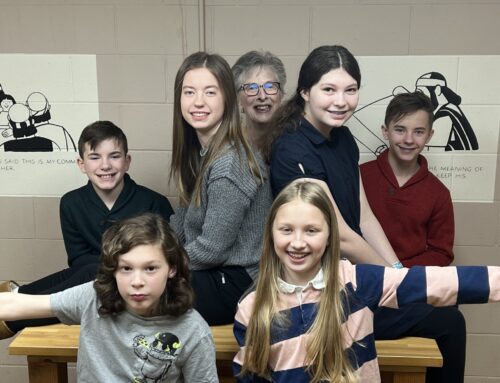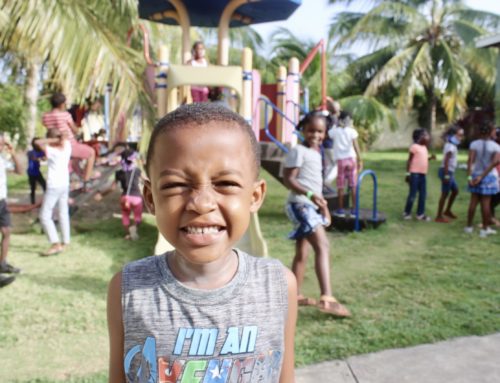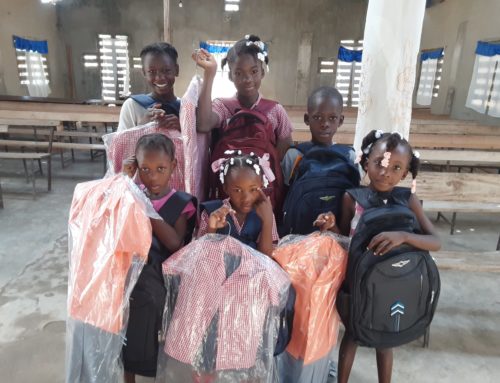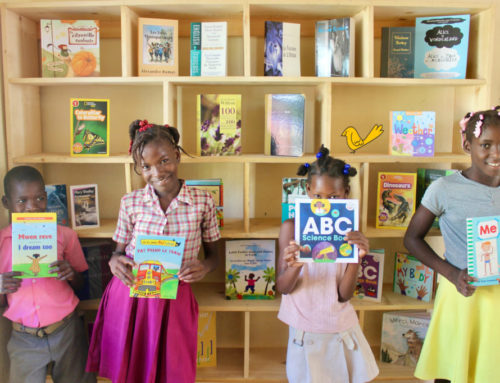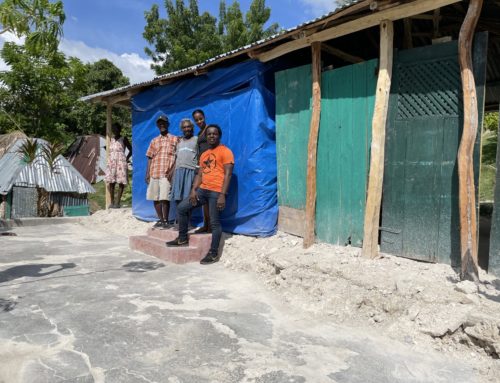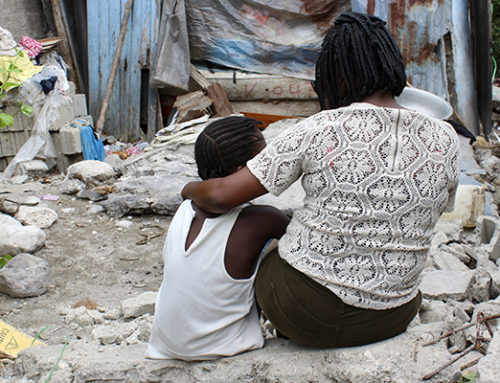by Cecily Bacon, Restavek Freedom Intern

With the prominence of social media in the world today, it is not surprising that people have begun using it as a means of raising awareness and fighting injustice. Did you know that social media is even being used to fight against child slavery? Check out these five fascinating stories where social media has played a major part in freeing child slaves:
1. Consumers Learning Where Their Clothes Come From
One of the benefits to being so connected is easy access to information. Now, instead of having to hunt for answers, we can readily find them with a few taps of our fingers. For consumers this is a miraculous gift. It means we can find out where the products we buy are coming from, who is making them, and under what conditions they are being made. It provides transparency and informs the consumer. For example, the global revenue of clothing is over $2 trillion a year, yet in many cases the supply chain of creating the clothing includes trafficking children through factories as laborers or in fields harvesting cotton. With the transparency of the process created by social media, however, consumers have been able to learn the truth and boycott companies that are exploiting children.
2. The Hashtag and Instagram
The hashtag in social media is a remarkable tool in that it is able to link together thousands of people with only a symbol and a few words. For groups campaigning against child slavery, the hashtag can instantly unite a substantial group of people together and raise awareness quickly. On February 1st, 2014, the film group Stillmotion used “#standwithme” on Instagram to bring people from all across the world together on the same day to stand against child slavery. Through using this hashtag, people were able to link together their pictures and voices to spark important conversations and open people’s eyes to the injustice of child slavery.
3. Microblogging in China
Every year in China, about 20,000 children are kidnapped and sold to gangs, who force the children to beg for money, or to families wanting a son. While many of these kidnapped children will never see their families again, a new effort to fight this form of slavery has diminished that number. In 2010, Twitter-like microblogging became incredibly popular in China, and soon had a following of over 100 million users. In an effort to reunite a family, one journalist tweeted a picture of a missing child in the hopes that someone would spot him. Sure enough, an individual thousands of miles away spotted the boy, and he was returned to his family. As a result, a campaign to post pictures of children with the hope of reuniting families quickly spread, and an official phone number was created that anyone in China can now call if they believe a child is being trafficked.
4. Facebook and Chocolate
One of the places child slavery thrives today is in the chocolate production industry. In 2012, a large stride was made in the fight against this form of slavery when Hershey’s made a commitment to purchase Rainforest Alliance cocoa for one of its product lines. And the reason for this change? The overwhelming force of a campaign by Facebook and Change.org! The nonprofit Raise the Bar, Hershey Coalition used these two platforms to publicize the issue. This campaign resulted in supporters writing and delivering over 100,000 letters to the company on Halloween, covering the Hershey’s Facebook page with messages about the issue, attacking Hershey’s products through pictures and videos posted all over the internet, and, most importantly, threatening to air a pro-bono Super Bowl commercial revealing the conditions under which Hershey’s was acquiring their cocoa. While the ad was not ultimately aired, this pressure from social media resulted in Hershey’s changing their supplier for the Bliss Chocolate product line.
5. Twitter and Lemonade
After seeing a photograph of two boys with enormous rocks tied to their backs, a nine year-old girl decided to take a stand against child slavery…by making a lemonade stand! Instead of setting a price for the lemonade, Vivienne began asking people to donate what they felt was right. After a tweet was posted about her work, it was continuously retweeted, and donations started flooding in online and wherever she set up her lemonade stand. Vivienne and her lemonade stand, which have traveled to places such as DisneyLand and Times Square, have now raised over $1 million for organizations that are rescuing children from slavery.
Want to learn more about what Restavek Freedom is doing to end child slavery in Haiti? Visit restavekfreedom.org.
Sources:
(http://yaleglobal.yale.edu/content/can-social-media-campaigns-end-child-labor)
http://www.freetheslaves.net/news-links/
http://www.businessinsider.com/group-used-facebook-to-make-hershey-act-on-child-slavery-2012-2
http://mynorthwest.com/874/2317730/A-9-Year-Olds-Lemonade-Stand-Has-Freed-Thousands-of-Child-Slaves


